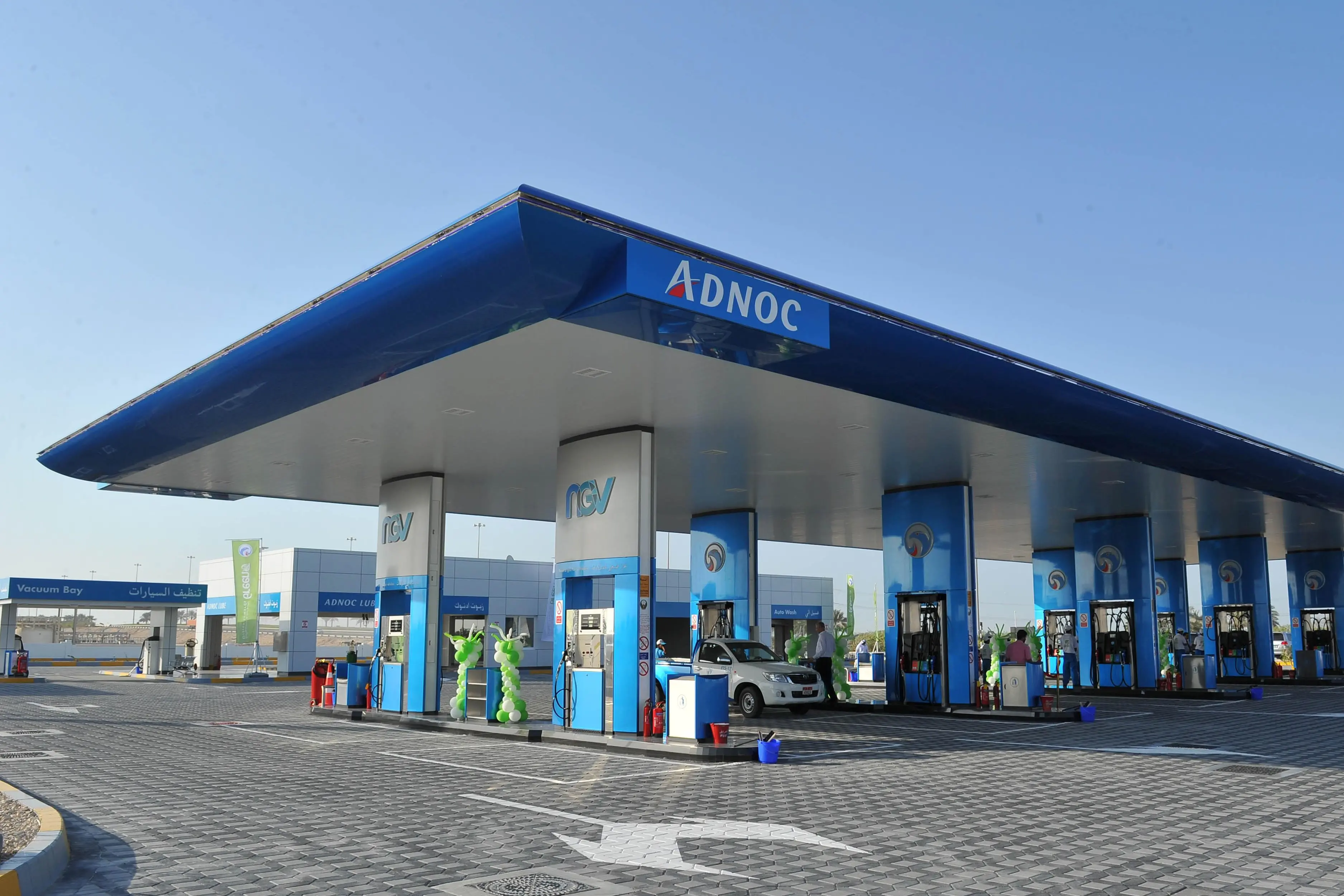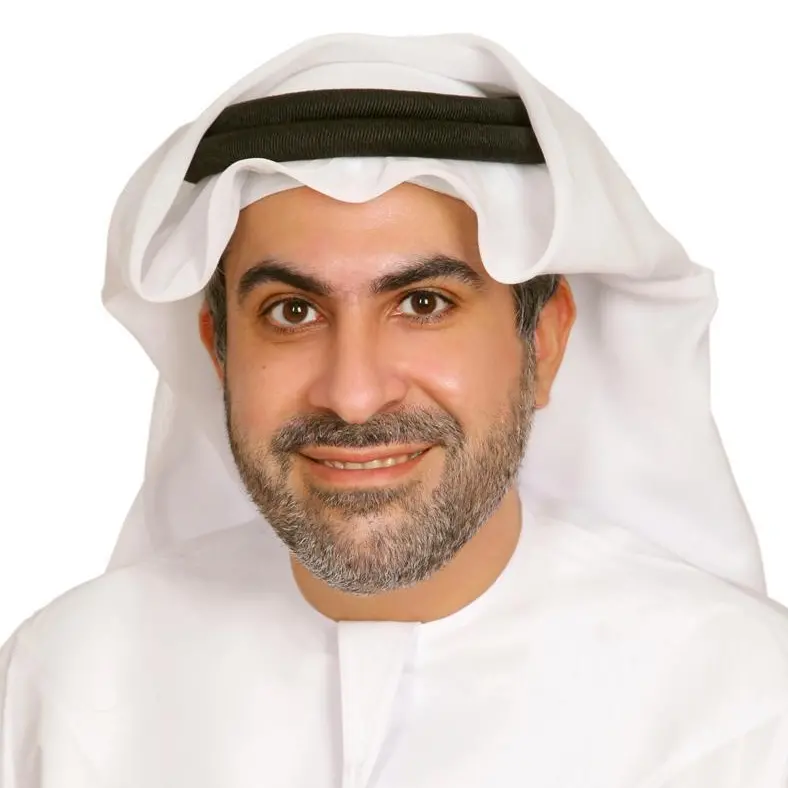PHOTO
29 July 2016
ADNOC, which is one of the world's largest state-owned oil companies, is committed to achieving its target, depending on market conditions, of raising output to 3.5m barrels per day (bpd). However, with international oil prices around $50 per barrel in June - at one point dropping over 70% from a high of around $115 in June 2014 - ADNOC, like some other major producers, has moved to implement far-reaching reforms aimed at ensuring it retains a competitive edge.
Driving efficiencies ADNOC's focus on being commercially-driven is being overseen by Sultan Ahmed Al Jaber, who joined the company in February. Full implementation of the reforms is expected to run into the next few years, but changes are already underway.
For example, changes in senior management, aimed at ushering in the next generation of young technocrats, were enacted almost immediately. In May ADNOC revamped top-tier leadership across six of its operating units, including the Abu Dhabi Company for Onshore Petroleum Operations (ADCO) and the Abu Dhabi Marine Operating Company (ADMA-OPCO).
Improving productivity across ADNOC's 18 businesses, which range from downstream petrochemicals to upstream gas exploration, is likely to remain the focus in the short term.
According to Al Jaber, the low oil price gave ADNOC an opportunity to examine the company's efficiency across its operations more closely.
"This process will ensure our company's resilience and make it even stronger," he told OBG. "We are working closely with everyone across the ADNOC family and with our strategic partners to identify, across the whole range of activities in our group, where we can do things better, be less cost intensive and perform more intelligently."
While the company has yet to provide further details of how operational efficiencies will be realised, tighter performance targets, based on operational cost per barrel for entities such as ADCO and ADMA-OPCO, will drive the transition.
There also appears to be scope for examining the structures governing ADNOC's operating companies.
"A field bringing in 30,000 barrels per day doesn't necessarily need to have the same operating model as large OPCOs," Abdulmunim Alkindi, director of exploration and production at ADNOC, told OBG. "There is a major opportunity to capture integration opportunities, deepen and grow our petrochemicals business, extract maximum value from existing assets and expand business opportunities."
Movement on projects International oil companies have reacted positively to the changes, seeing an emphasis on new technologies and a more value-based environment as an opportunity to expand their presence in the oil-rich emirate, which holds 6% of global reserves, according to international media.
Meanwhile, appraisals for several major gas projects in the Western region, including the Shuweihat, Ghasha and Hail fields, remain ongoing, as part of a fully-integrated Gas Master Plan that has been developed to improve efficiency, performance and delivery, and enable ADNOC to ensure a reliable and secure gas supply to help the UAE meet its development goals.
Abu Dhabi will be looking to build on the success of Al Hosn Gas, which reached peak production of 1bn cubic feet per day (cfpd) of raw gas and 500m cfpd of gas sales in July 2015.
German-based Wintershall Holdings completed appraisals on its first well in Shuweihat in May, citing a positive outcome, and plans to begin work on its second offshore well in September.
At the same time, Houston-based Occidental Petroleum (Oxy) is in the early stages of conducting appraisals on the offshore Ghasha and Hail blocks, with support from Vienna-headquartered OMV.
While energy subsidies for gas and electricity sold to power generators remain under review by authorities, a market rate could potentially incentivise gas projects, particularly those of higher sulphur content that impose a greater cost burden.
ADCO is also moving ahead with the evaluation process for the remaining 22% of onshore concessions against a backdrop of considerable interest.
French oil major Total secured the first stake of 10% in 2015, followed by Japan's Inpex with 5% and South Korea-based GS Energy with 3%.
In the medium term, many companies are positioning themselves for the offshore ADMA-OPCO concessions scheduled for 2018.
"We are enthusiastic to work with the industry and to mutually benefit from what are very attractive, long-term and sustainable opportunities in the upstream oil and gas sector," Al Jaber told OBG.
While ADNOC's output and recovery rates are likely to remain unchanged, the manner in which they are reached will continuously be evaluated.
"Most importantly, we are focused on maintaining our current level of production as well as our investment programme," Al Jaber told OBG. "And, of course, we are also committed to achieving the overall target of 3.5m bpd, while we take into consideration prevailing market conditions."
© Oxford Business Group 2016
ADNOC, which is one of the world's largest state-owned oil companies, is committed to achieving its target, depending on market conditions, of raising output to 3.5m barrels per day (bpd). However, with international oil prices around $50 per barrel in June - at one point dropping over 70% from a high of around $115 in June 2014 - ADNOC, like some other major producers, has moved to implement far-reaching reforms aimed at ensuring it retains a competitive edge.
Driving efficiencies ADNOC's focus on being commercially-driven is being overseen by Sultan Ahmed Al Jaber, who joined the company in February. Full implementation of the reforms is expected to run into the next few years, but changes are already underway.
For example, changes in senior management, aimed at ushering in the next generation of young technocrats, were enacted almost immediately. In May ADNOC revamped top-tier leadership across six of its operating units, including the Abu Dhabi Company for Onshore Petroleum Operations (ADCO) and the Abu Dhabi Marine Operating Company (ADMA-OPCO).
Improving productivity across ADNOC's 18 businesses, which range from downstream petrochemicals to upstream gas exploration, is likely to remain the focus in the short term.
According to Al Jaber, the low oil price gave ADNOC an opportunity to examine the company's efficiency across its operations more closely.
"This process will ensure our company's resilience and make it even stronger," he told OBG. "We are working closely with everyone across the ADNOC family and with our strategic partners to identify, across the whole range of activities in our group, where we can do things better, be less cost intensive and perform more intelligently."
While the company has yet to provide further details of how operational efficiencies will be realised, tighter performance targets, based on operational cost per barrel for entities such as ADCO and ADMA-OPCO, will drive the transition.
There also appears to be scope for examining the structures governing ADNOC's operating companies.
"A field bringing in 30,000 barrels per day doesn't necessarily need to have the same operating model as large OPCOs," Abdulmunim Alkindi, director of exploration and production at ADNOC, told OBG. "There is a major opportunity to capture integration opportunities, deepen and grow our petrochemicals business, extract maximum value from existing assets and expand business opportunities."
Movement on projects International oil companies have reacted positively to the changes, seeing an emphasis on new technologies and a more value-based environment as an opportunity to expand their presence in the oil-rich emirate, which holds 6% of global reserves, according to international media.
Meanwhile, appraisals for several major gas projects in the Western region, including the Shuweihat, Ghasha and Hail fields, remain ongoing, as part of a fully-integrated Gas Master Plan that has been developed to improve efficiency, performance and delivery, and enable ADNOC to ensure a reliable and secure gas supply to help the UAE meet its development goals.
Abu Dhabi will be looking to build on the success of Al Hosn Gas, which reached peak production of 1bn cubic feet per day (cfpd) of raw gas and 500m cfpd of gas sales in July 2015.
German-based Wintershall Holdings completed appraisals on its first well in Shuweihat in May, citing a positive outcome, and plans to begin work on its second offshore well in September.
At the same time, Houston-based Occidental Petroleum (Oxy) is in the early stages of conducting appraisals on the offshore Ghasha and Hail blocks, with support from Vienna-headquartered OMV.
While energy subsidies for gas and electricity sold to power generators remain under review by authorities, a market rate could potentially incentivise gas projects, particularly those of higher sulphur content that impose a greater cost burden.
ADCO is also moving ahead with the evaluation process for the remaining 22% of onshore concessions against a backdrop of considerable interest.
French oil major Total secured the first stake of 10% in 2015, followed by Japan's Inpex with 5% and South Korea-based GS Energy with 3%.
In the medium term, many companies are positioning themselves for the offshore ADMA-OPCO concessions scheduled for 2018.
"We are enthusiastic to work with the industry and to mutually benefit from what are very attractive, long-term and sustainable opportunities in the upstream oil and gas sector," Al Jaber told OBG.
While ADNOC's output and recovery rates are likely to remain unchanged, the manner in which they are reached will continuously be evaluated.
"Most importantly, we are focused on maintaining our current level of production as well as our investment programme," Al Jaber told OBG. "And, of course, we are also committed to achieving the overall target of 3.5m bpd, while we take into consideration prevailing market conditions."
© Oxford Business Group 2016












